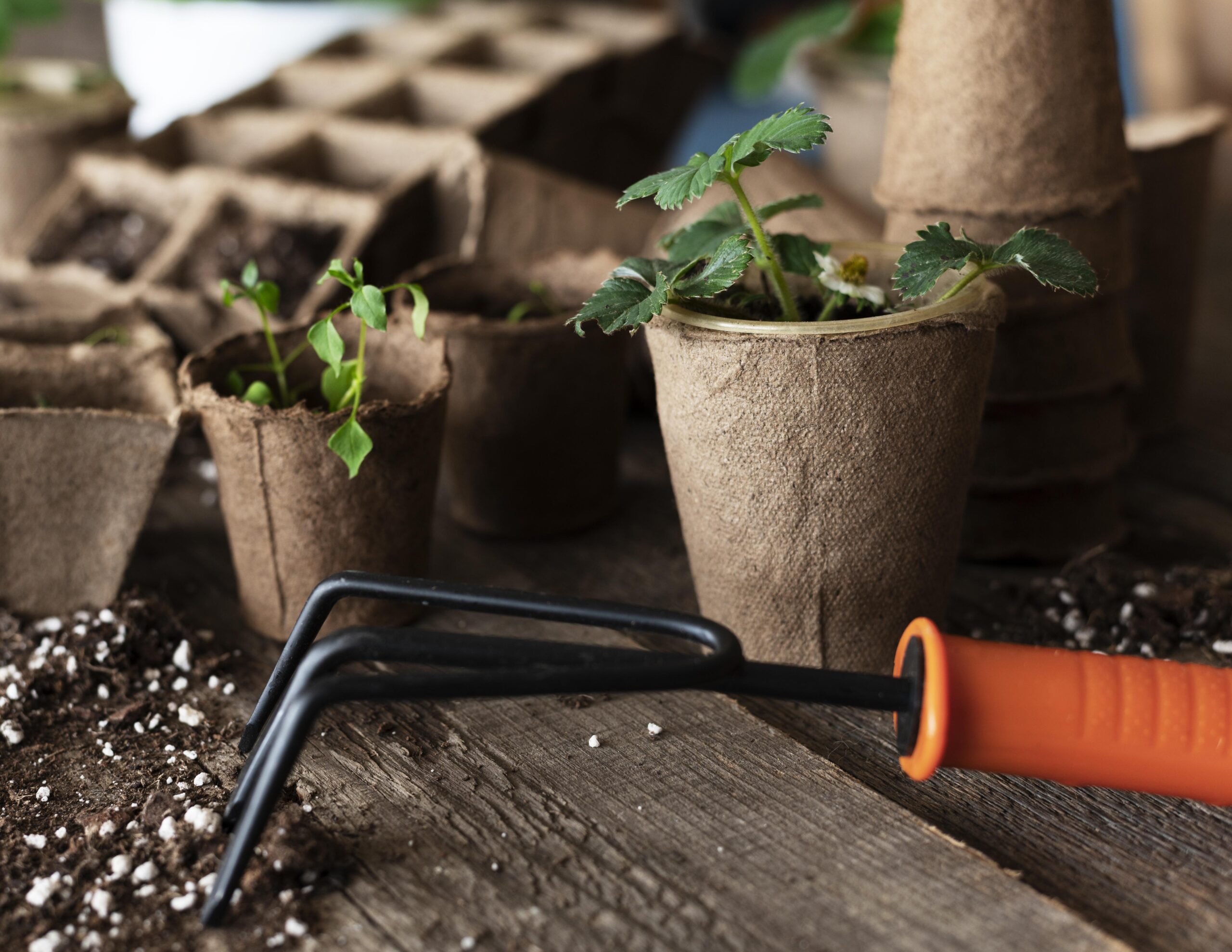
Unless you’re using a hydroponic gardening system, soil is one of the essential supplies for your indoor plants.
But here’s the catch: you must get the right soil type. Most beginner gardeners rarely know the difference between topsoil and potting soil. They believe you can use any kind of “soil” for planting.
While topsoil is best for outdoor gardening, it won’t drain properly indoors. Potting soil, due to its light texture, allows for proper drainage.
When choosing a growing medium, the most important thing is to ensure the soil texture is light enough for water and air to penetrate for plant growth. With that being said, let’s look at a few essential potting mixtures for indoor plants.
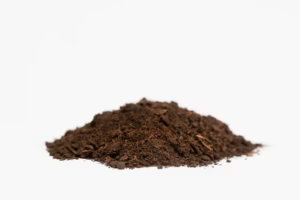
Peat or peat moss are generally mixed with vermiculite and perlite,, making them more light and moisture-absorbent with soil-less texture. A soil-less mix is great for indoor plants because it is sterile which means the possibility of pests or diseases is much lower. They retain a high level of moisture and provide
excellent structure for plant roots.

These fibres are created with melted rock
and then spun to form plugs for growing. It offers excellent water retention
and a neutral pH but may not provide the proper structure for some
plants. It’s also almost exclusively used for hydroponics.

This fibrous material, made from raw coconut fiber, is
eco-friendly and sterile. It’s best used in hydroponic systems alone, as it doesn’t offer enough nutritional support unless mixed
with other mediums.

Potting soil is the most commonly used medium for most indoor
gardeners. It’s easy to find and widely available. It’s also relatively inexpensive
as long as you stick to generic brands.
Big-name brands can be costly, however, for most ornamental and
flowering plants, potting soil can be a one-time purchase and may be worth your investment.
Seeds need lighter soil that is easy for them to push through. On the
other hand, since they will be transplanted quickly, they don’t require as
much nutrients as mature plants.
You can mix:
2 parts coconut coir
2 parts vermiculite
1 part coarse sand
If you’re growing vegetables, you can sterilise and refresh your potting soil after your plants have been harvested. Since you’re growing indoors, the potting soil is less likely to be infested by pests and diseases. In that case, adding compost (such as composted cow manure) to a rate of 1 to 10 parts in used potting soil should restore the nutrients and improve the structure. However, if you decide to sterilise your soil between uses, you can also do…
If you have room, one economical way to sterilise your potting soil is through sunlight. To do this, break up your old potting soil until all lumps and clods are dispersed. Place the soil in a black plastic trash bag and moisten the soil lightly. Tie the bag and place it outdoors in a hot, sunny area. Using a thermometer, check your soil’s internal temperature after a few hours in the sun. A temperature of 160 F for at least 30 minutes or 140 for several days should kill most pests and diseases.
Choosing the right soil or growing medium is crucial for indoor plants. By understanding different mediums, such as peat, mineral wool, coconut coir, and potting soil, you can choose the best option for your plant’s specific needs.
Frequently asked questions
Q1. Potting Soil mixture for Houseplants

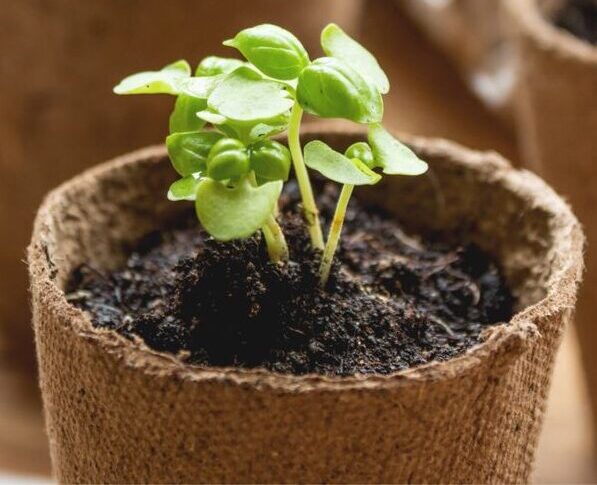
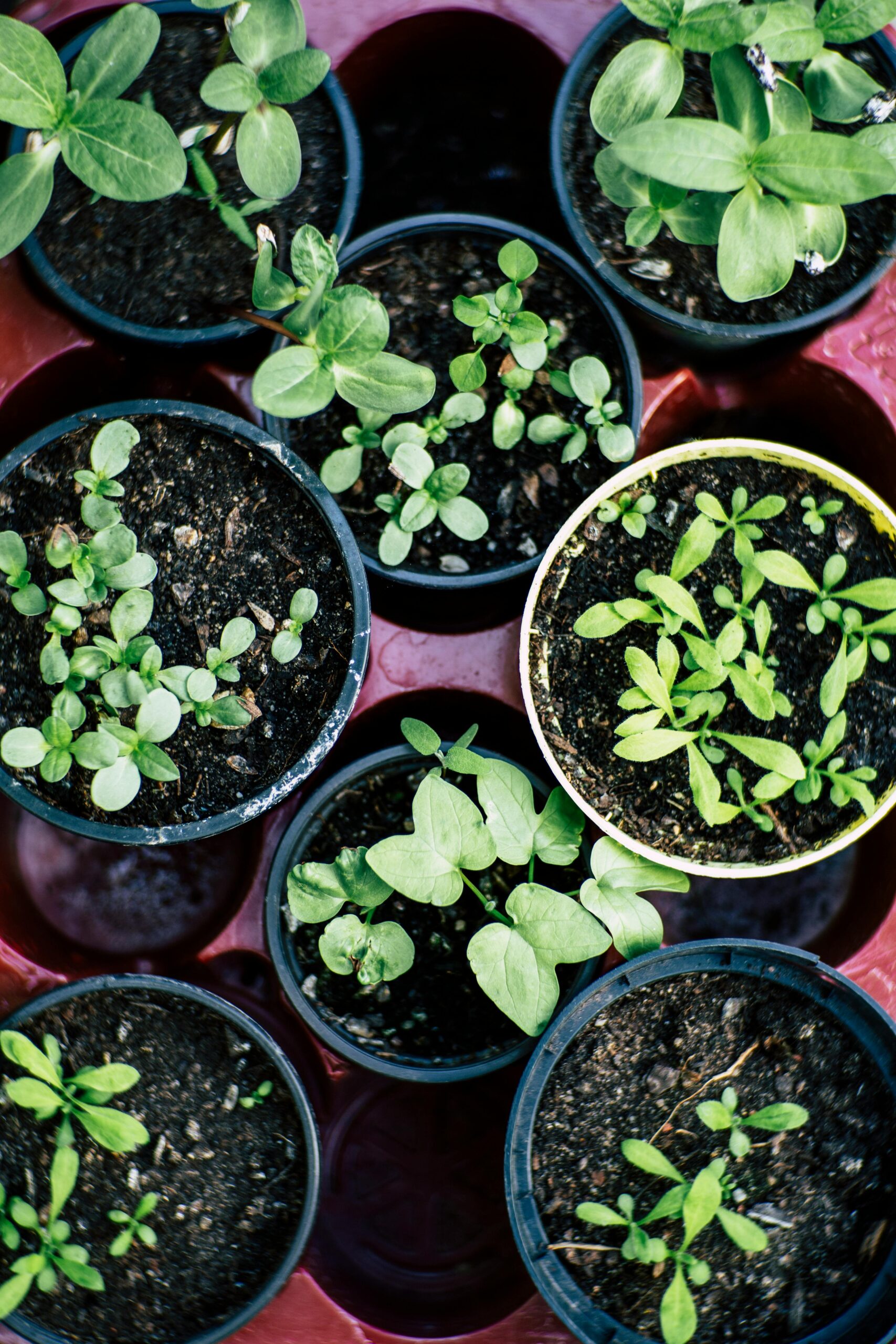
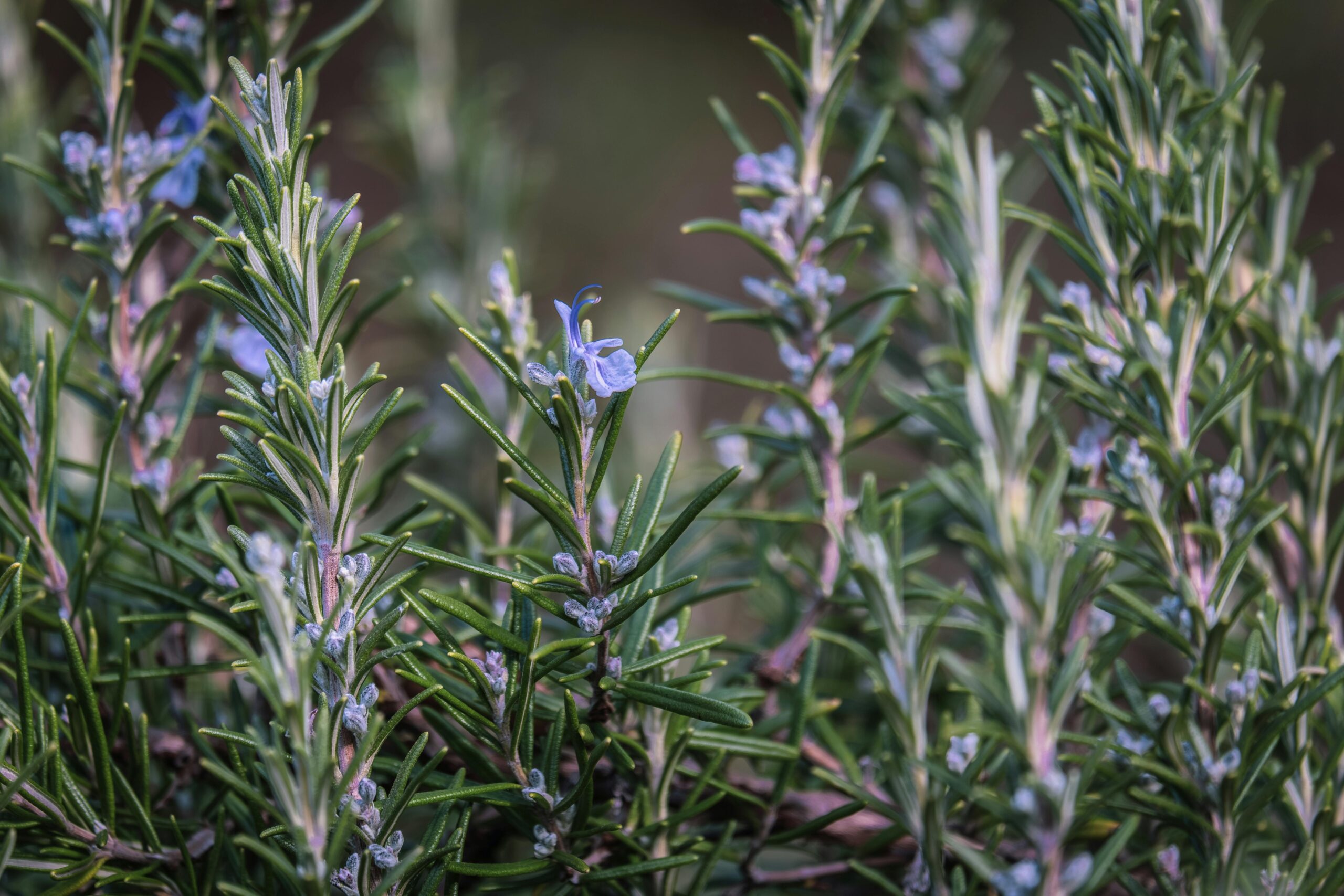
+91-7019960850
sanjeevinigarden@gmail.com
Sanjeevini Garden Products, KAN-4-36/2, Coastal Farms (formerly chicken) road, Padil-Kannuru, Mangaluru 575007
Copyright © All Right Reserved